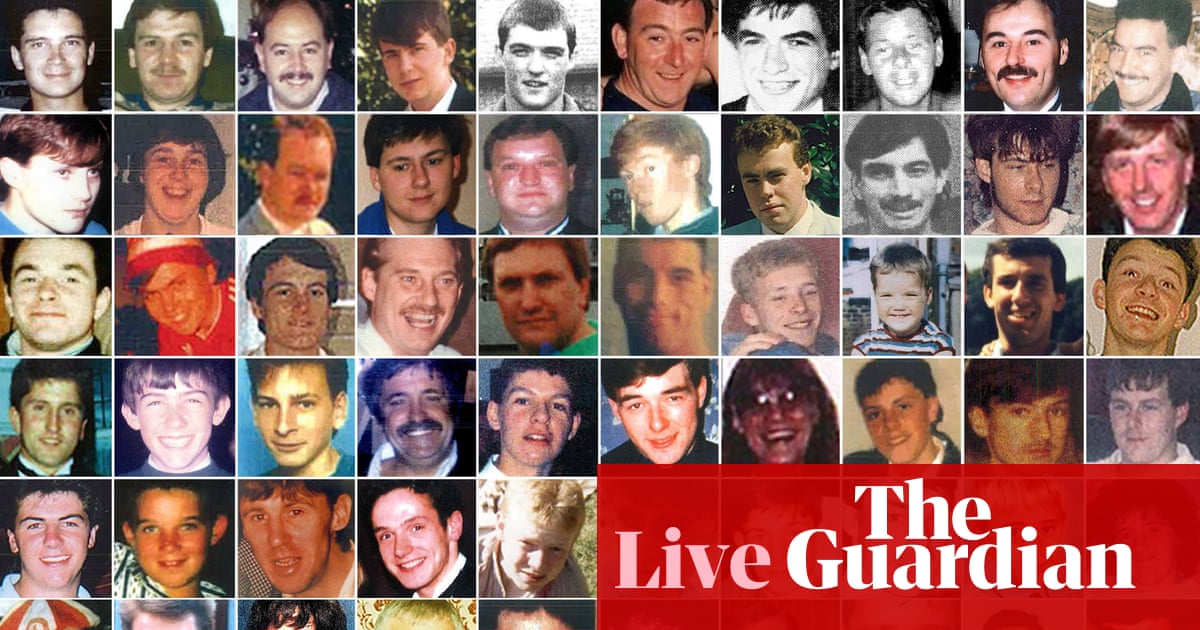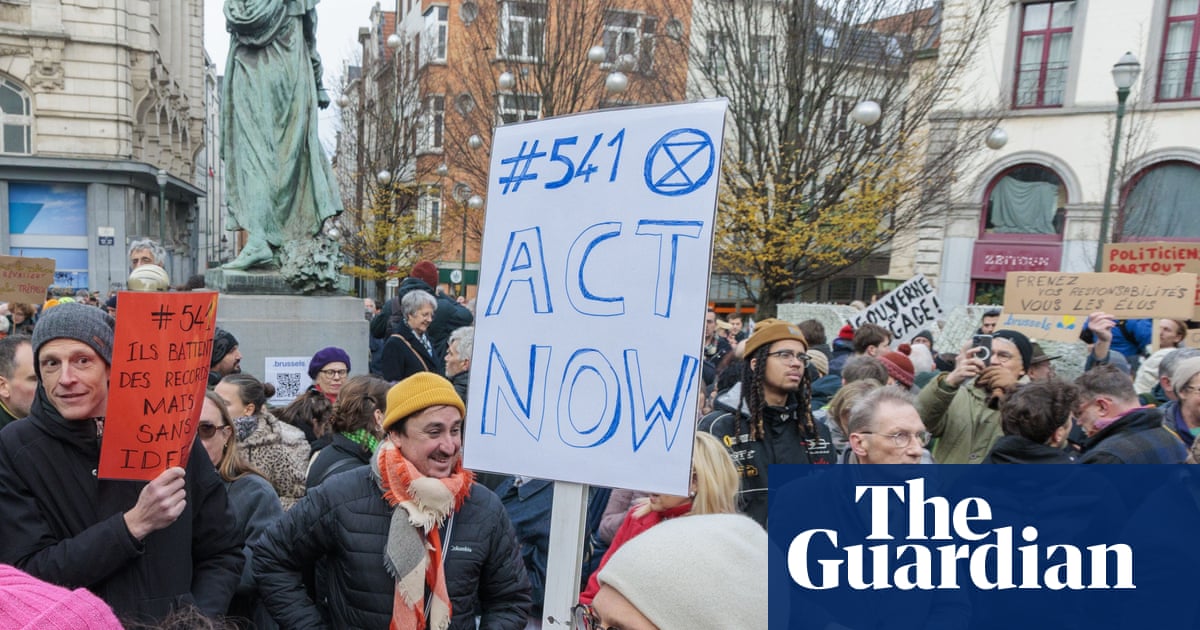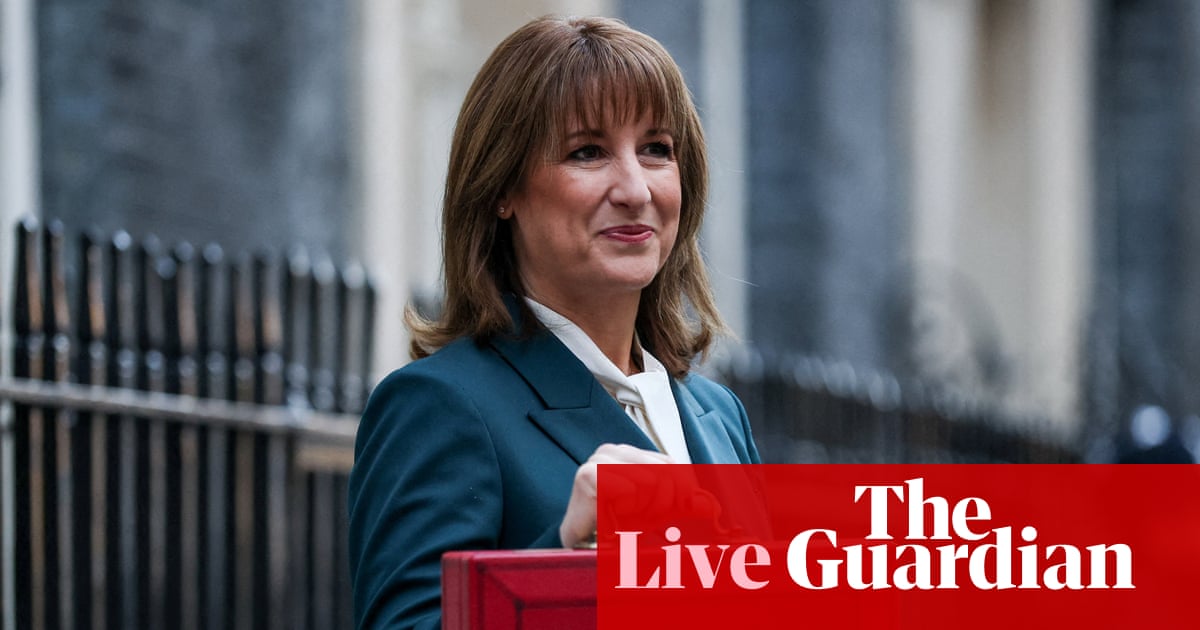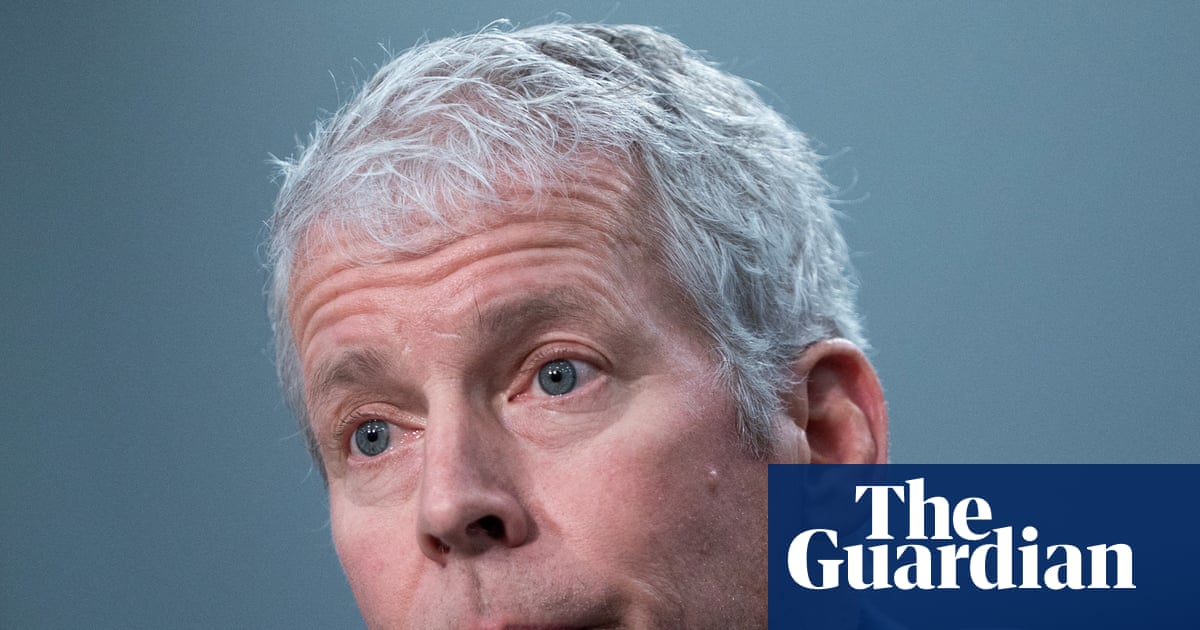Nigel Farage has spent his political career disrupting the political order, but with Reform UK’s popularity on the rise, some in Westminster believe he could be on course to pull off the greatest political earthquake in modern British political history.
Not only have recent polls pointed to Reform effectively replacing the Conservatives as the main opposition, some have even suggested Farage could enter Downing Street if such support is maintained at the next election.
But what exactly are the current polls telling us? And how likely is it that such a huge shift will actually materialise?
Reform’s poll lead is persistent, but recent. Its support first matched and overtook Kemi Badenoch’s Conservatives at the start of the year. Soon after, it was vying with Labour. It was in April, as voters began to focus on local elections, that Farage’s party began to enjoy a solid poll lead.
The Guardian’s latest poll tracker – which takes an average of the polls over the last 10 days – has Reform polling at 31%. This is 10 points ahead of Labour, on 21%.
Overall vote shares only tell part of the story. Several pollsters now use polling models that combine a bumper sample of polling data with demographic information to estimate how each seat might play out. The technique, known as MRP (multi-level regression and post-stratification) modelling, is designed to help reveal an increasingly chaotic political map.
The latest of these, from YouGov published on 26 September, estimated that Reform UK could win 311 seats if an election were held today. While this would be 15 seats short of an overall majority, it would put Farage in Downing St. The model suggests 231 of Reform’s projected seats would be gains from Labour.
Other recent MRP models have even pointed to absolute majorities for Reform.
However, pollsters themselves make clear these models come with significant uncertainty. That uncertainty has only grown with the rise of multiparty politics, which makes first-past-the-post election results very volatile.
As YouGov said on the release of its latest MRP, small changes could make a big difference. “On our central projections, Reform UK are winning no fewer than 82 seats by less than five percentage points,” it stated. “If they were to in fact lose all such hypothetical contests, they would end up falling well short of a parliamentary majority, rather than being within touching distance.”
Nevertheless, the reason Labour seats are so vulnerable to an increase in Reform’s popularity goes back to the nature of its landslide election victory last year. While it secured a colossal 411 seats, it was built on an incredibly efficient distribution of votes, rather than overwhelming support. It won just enough votes in the right constituencies to secure them.
It means it is susceptible to the reverse dynamic – small losses of support in many seats could result in them ending up in the hands of others. Meanwhile, the arrival of multiparty politics has potentially lowered the vote share a party such as Reform needs to win a seat, as votes are divided in more directions.
Prof Sir John Curtice, the doyen of British political pollsters, has also noted that MRPs suggest Labour would lose proportionally more votes in seats it currently holds – and more again in seats it holds where Reform came second in 2024.
This is not a fanciful outcome. The disastrous result suffered by the Conservatives last time came from the fact they lost more votes where they had been strongest, putting previously safe seats at risk.
There are, of course, huge caveats to all this. The most obvious is the fact that there is unlikely to be an election for years – most in Westminster don’t expect one until 2028 or 2029. If a week is a long time in politics, three or four years is an eternity.
Polling is only ever a snapshot of current opinion, rather than a prediction. Polls always come with margins of error – and British elections are harder to forecast than ever because of the growing influence of new and smaller parties.
Some trends are clear, however. Reform has managed to capitalise on record unpopularity for the new Labour government. Since the general election, Labour’s polling has dropped from 37.5% in July 2024 to 23.3% in June 2025 – a fall of 14.2 percentage points in a year.
That is the worst for any government since 1983, when data from PollBase began. Before this, the biggest recorded drop in popularity for a new government was in 1992, when John Major’s Conservatives, weary from years in government and a series of sleaze scandals, fell 9.8 points in 12 months.
It is common for new governments to lose popularity in their first year and come back to win re-election. But given the narrowness of its majority in many seats, the sheer size of Labour’s fall in support is a cause for concern.
Meanwhile, Reform is in new territory. Whether it can maintain its current poll share as an election nears – and the thoughts of voters turn to who they actually want in government – is an unknown.
The other major variable is the future of the Conservative party. Badenoch has failed to make an impression, but if she or another Conservative leader can begin to rekindle interest in the party, the electoral kaleidoscope will shift once more – and present a new challenge to Farage.

 2 months ago
54
2 months ago
54

















































